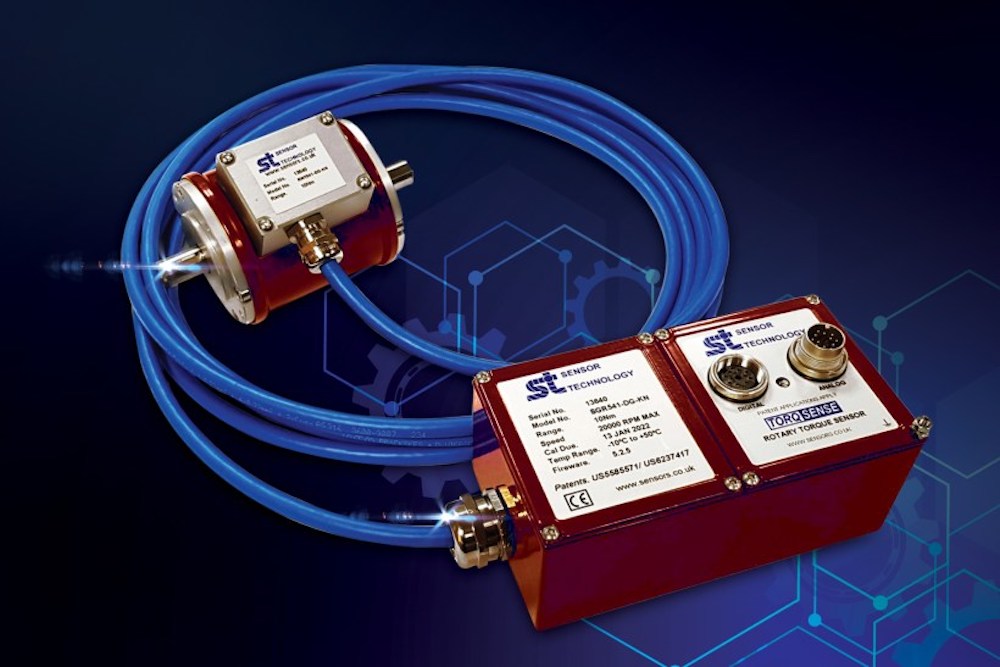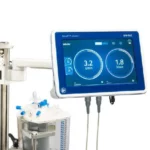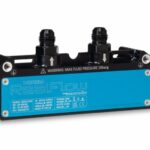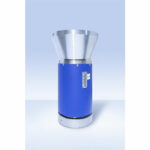
Sensor Technology has released the new TorqSense SGR530/540 series sensor that has the sensing head and electronics in separate housings, allowing the sensing head to probe deep into machinery while the electronics can be kept away from potential damage.
Operating on the same principle as all other SGR510/520 units – namely a full four element strain gauge bridge – the TorqSense SGR530/540 series uses four individual stain gauges affixed to the drive shaft; each measures the deflection of the shaft in a different direction as it rotates under load. The electronics collects readings from all four gauges and calculates the torque value.
Initially launched in sizes up to 500Nm, interest in the SGR sensors was so high that they introduced larger sizes of up to 13,000Nm in December 2020, 6-12 months ahead of schedule.
“Because of our experience with the RWT, we have been able to compress the development times for the new SGR models considerably,” says Sensor Technology’s Mark Ingham. “So, we have been able to react to specific enquiries from individual users and bring forward model launches. ”
The new range is designed to accurately record transient torque spikes where previous transducers didn’t have the bandwidth to do so. Now, advances in automation, continuous operation and the increasing need for accurate track and trace data has led to the need for more detailed measurement and analysis, as Mark explains:
“A single spike could indicate say the wrong amount of an ingredient being added to a compound or an over-sized workpiece, both of which could affect product quality. A series of spikes would probably suggest the beginnings of a problem within the machinery, so their detection gives the plant engineers an early warning”.
In use, a rotor mounted ultra-miniature microcontroller, powered by an inductive coil, measures the differential values in each strain gauge and transmits them back to the stator digitally, via the same coil.
The SGR series transducers then use strain gauge signal conditioning techniques to provide a high bandwidth, low cost torque measuring solution with high overrange and overload capabilities.
Offering high sensitivity and a wide temperature tolerance, the SGR torque sensors automatically compensate for any extraneous forces, such as bending moments, inadvertently applied to the sensor.
Other advantages of the SGR range include elimination of noise pickup and signal corruption associated with slip rings and hard wired solutions, a 400% mechanical overload limit with accurate torque measurement, and multipoint calibration to eliminate linearity errors within the sensor.
All units are accurate to +/-0.1% and resolution to +/-0.01% of the transducer’s full scale. Other features include an adjustable moving average filter, power supply range from 12VDC to 32VDC, user settable analogue output voltages, and RS232, USB, CANbus and Ethernet comms options.






